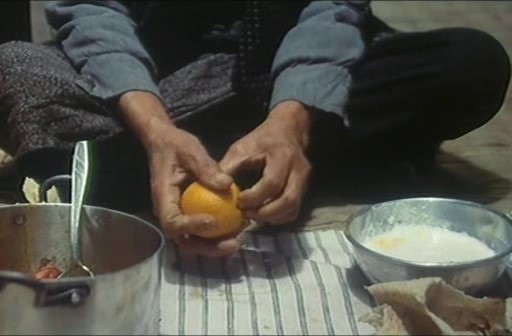Admittedly the most singular pre-Revolution Iranian filmmaker, who later became one of the most underappreciated filmmakers of the New German Cinema, and was the major influence on Abbas Kiarostami, Sohrab Shahid Saless’ legacy has been largely overlooked outside of Iran, and especially in the world of English language film scholarship and criticism. In many ways, the heir to the Italian Neorealist tradition as well as to the unique cinema of Robert Bresson, and a contemporary to Chantal Akerman, with whom he shared many stylistic and thematic affinities, Saless’ cinema was a cinema of stillness, and that of the “outcasts.” Saless’ work was uniquely devoted to the life experience of those who are on the margins of the society, like the impoverished child from A Simple Event (1974), those who are left out, like the Turkish immigrant factory worker in Far from Home (1975), or those who are left behind, like the old railroad worker and his wife in Still Life (1974).
Read the full text here.
